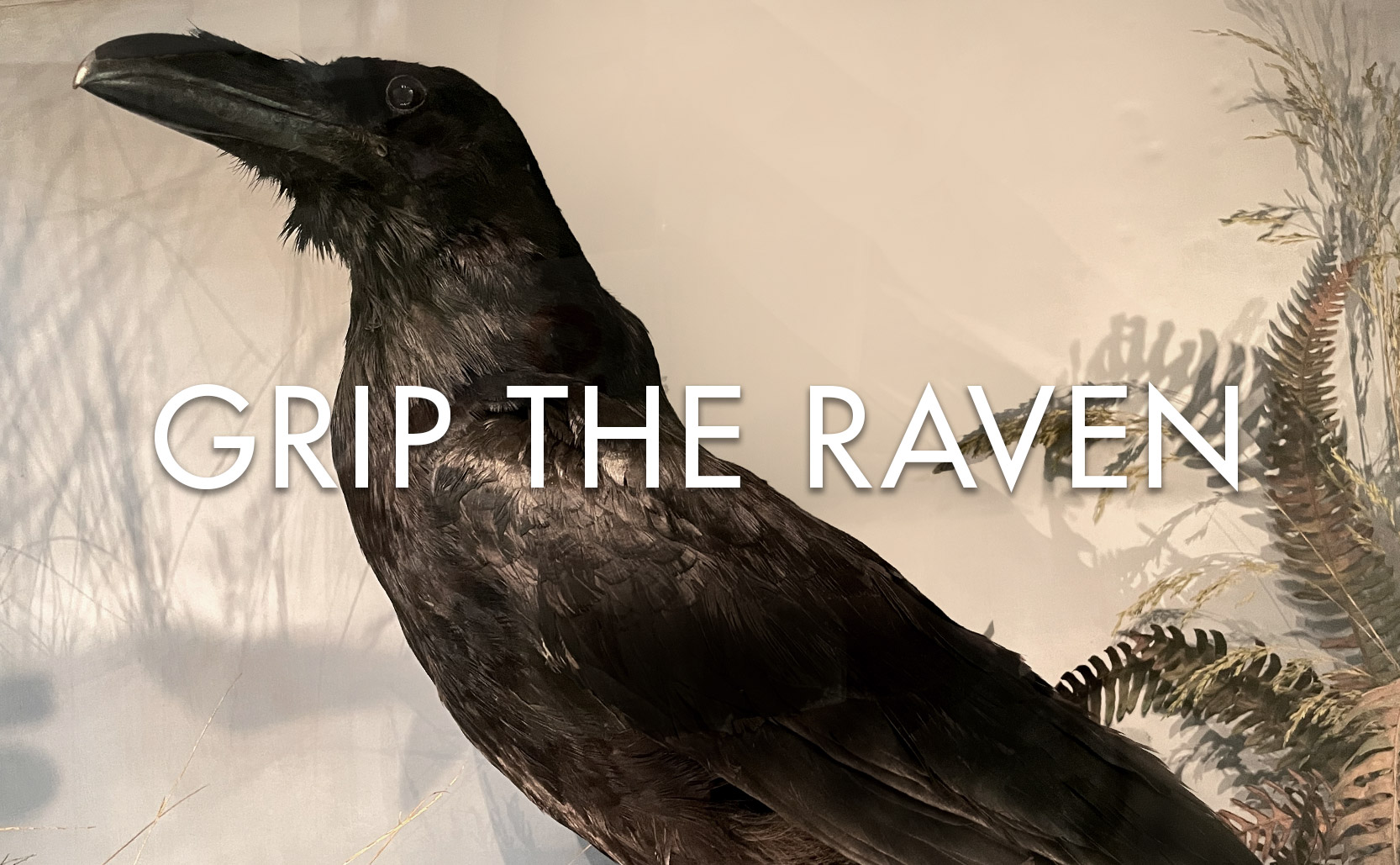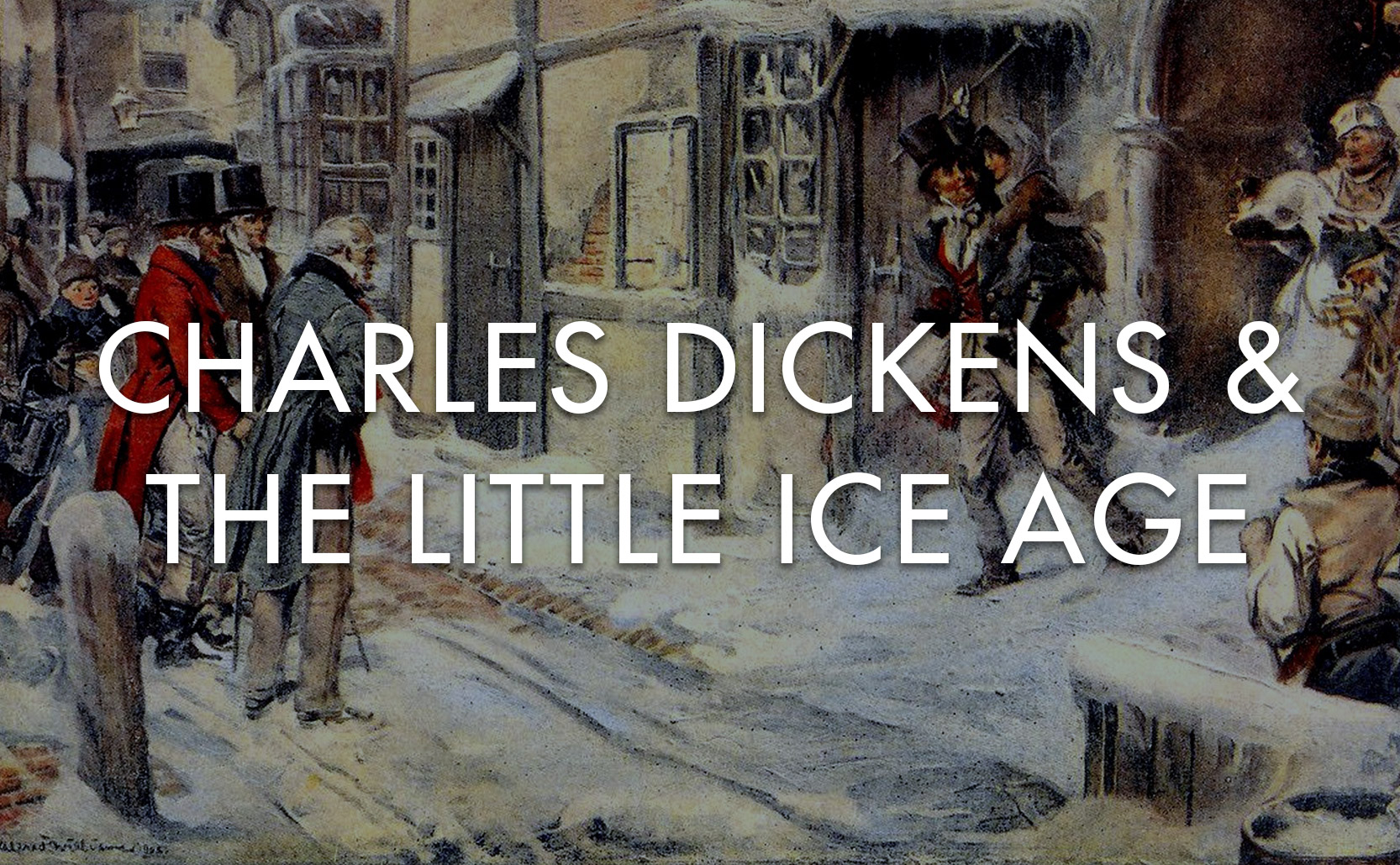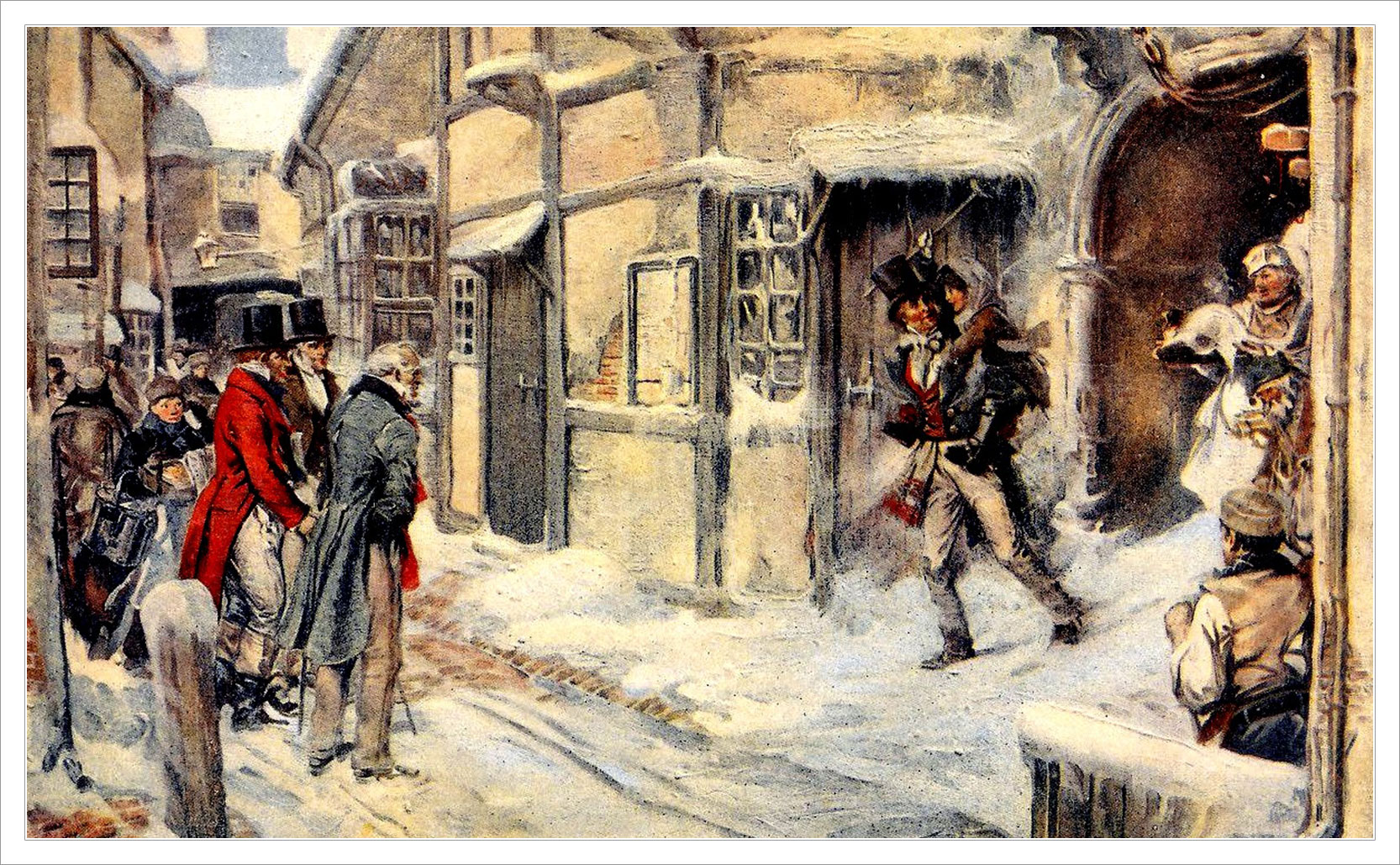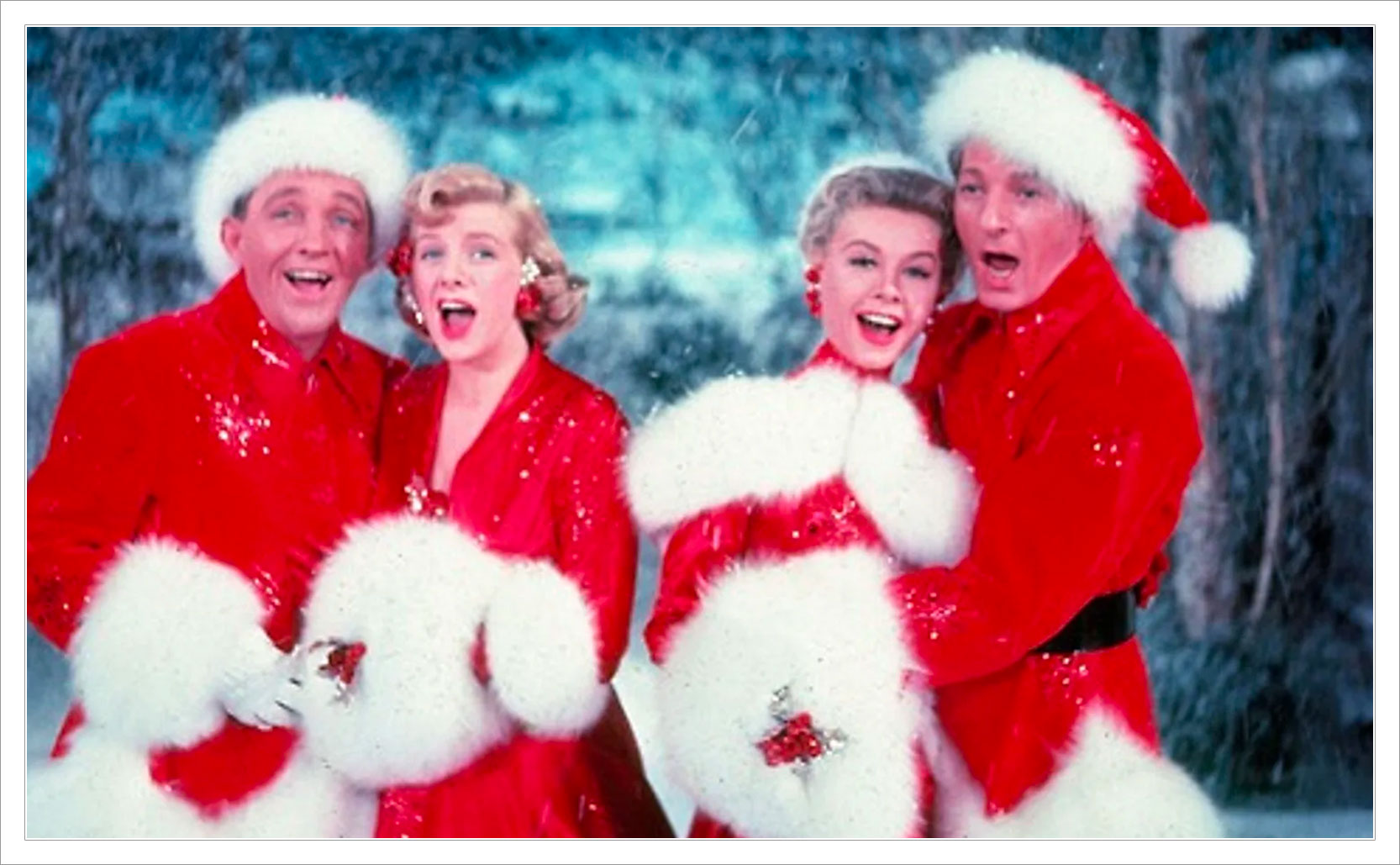Grip the Raven
Charles Dickens’s pet raven Grip helped inspire Edgar Allan Poe’s poem The Raven.
In the first half of the 19th century Charles Dickens had a pet raven named Grip who, by all accounts, was quite the handful. Grip was talkative, bossy, and aggressive. She intimidated the family’s mastiff Turk (she would steal food from his bowl) and would also bite the Dickens children. Eventually Dickens exiled Grip to the shed where, being a mischievous raven, she got into a can of white paint (which contained lead). On March 12, 1841 Dickens wrote to his friend, the illustrator Daniel Maclise, that Grip had died.
Because he loved Grip Dickens had her stuffed and mounted in a case complete with a woodland setting of branches and leaves. He also had Maclise create a portrait of her. Despite Grip’s difficult personality it didn’t put Dickens off to having more ravens as pets, the next of which he also named Grip (who, according to Dickens’s daughter Mamie, was also a handful).
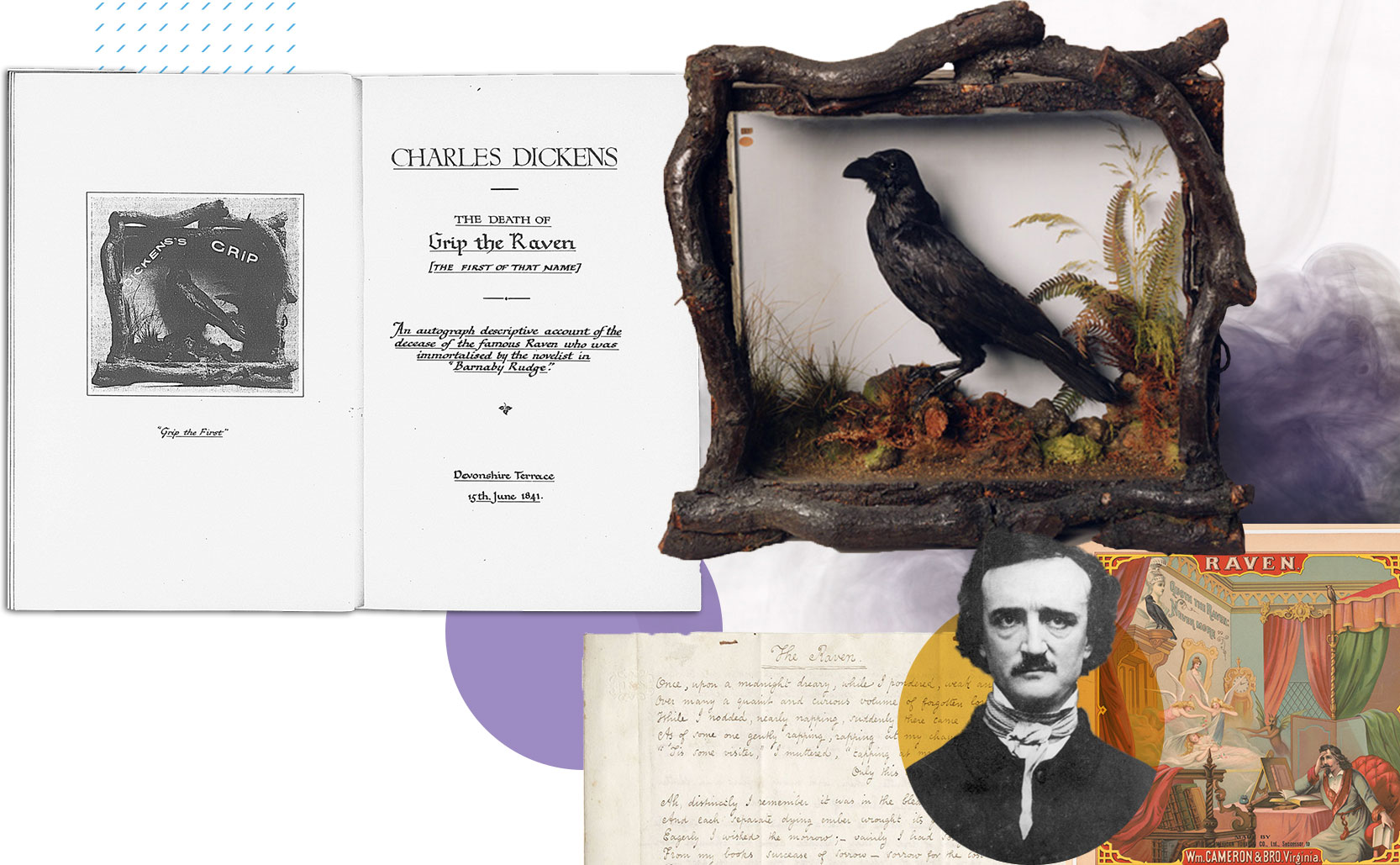
Quoth the Raven …
In 1842 Dickens and his wife traveled to America. As part of his tour around the states he met with Edgar Allan Poe who had favorably reviewed Dickens’s 1841 novel Barnaby Rudge. In the novel the titular character of Barnaby Rudge has a talkative pet raven whose name just happens to be Grip. Poe was particularly interested in Grip, whom he described as “intensely amusing” and liked that Grip the character was based on Dickens’s own real pet Grip.
A few years after learning about Grip, Poe would write his most defining work, 1845’s The Raven. In the poem a raven flies into the room of the grief-stricken narrator, tormenting him that he will never be reunited with his lost love. It’s widely believed by Poe scholars that the inspiration for the bird in the poem was Grip the raven (both the real Grip and the fictional Grip). There are numerous similarities between the bird in The Raven and Grip the raven in Barnaby Rudge.
the Free Library of Philadelphia
After Dickens died in 1870 Grip was sold at auction. She was eventually bought by Colonel Richard Gimbel (a wealthy member of the Philadelphia department store family) who was an avid collector of both Dickens and Poe. He also purchased the Philadelphia home of Edgar Allan Poe which was later donated to the National Park Service. Grip, as well as the rest of the Gimbel collection of Dickens and Poe artifacts (including the only known copy of The Raven written in Poe’s hand), were bequeathed to the Free Library of Philadelphia in 1971. Today Grip can be found, still in her case, at the end of a series of hallways on the 3rd floor of the Central Library in the Rare Books department.
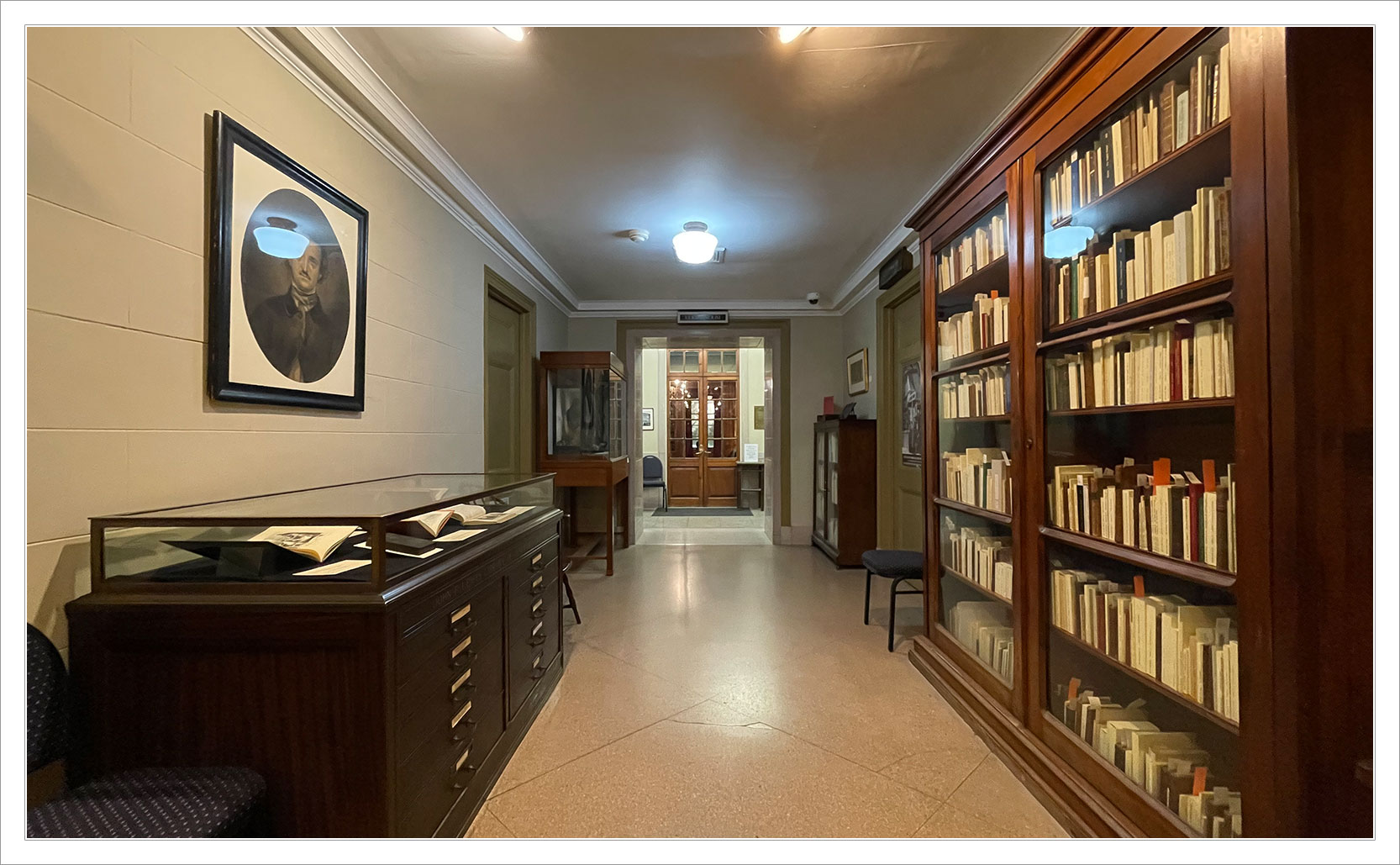
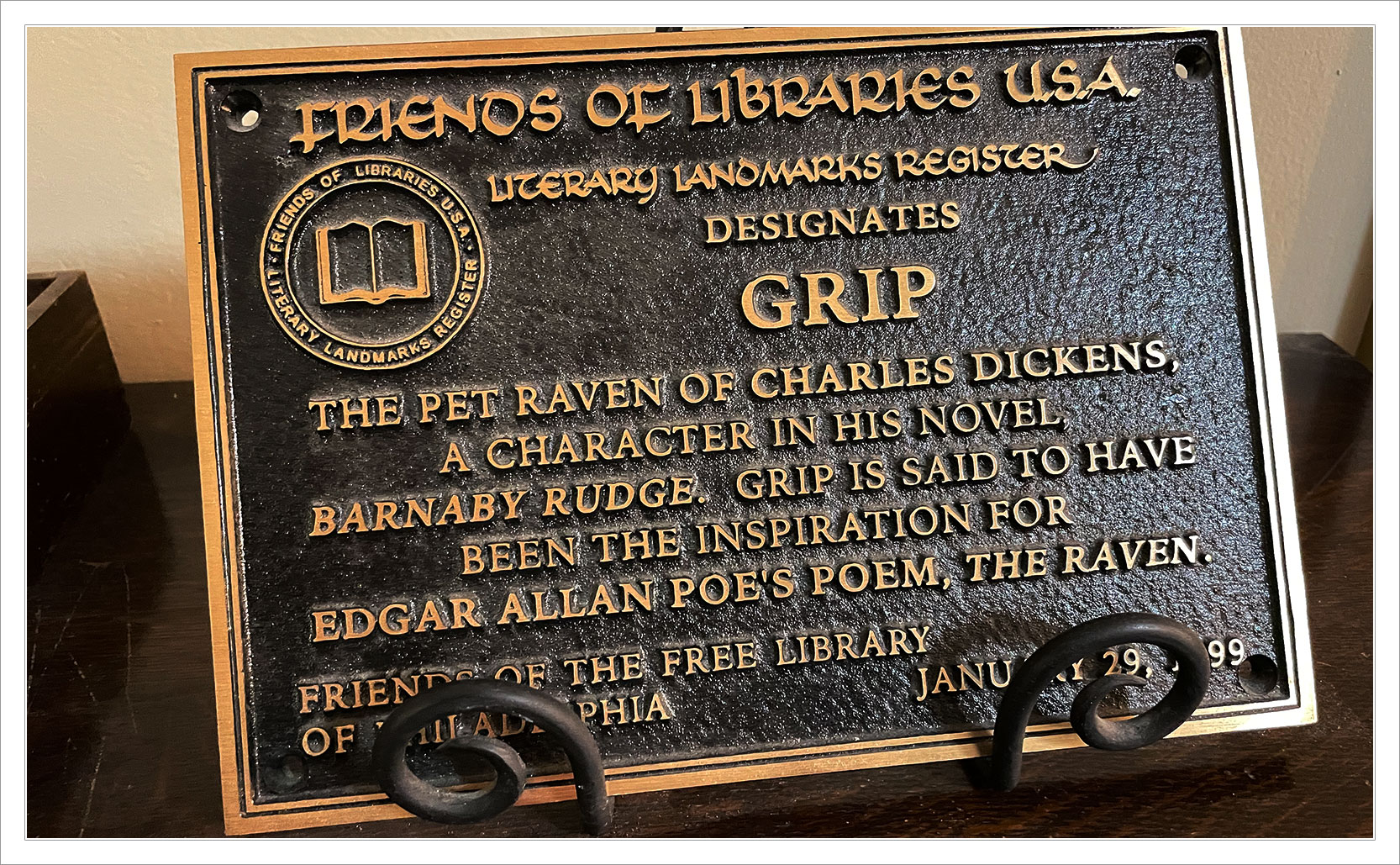
Grip the mischievous raven inspired two literary giants. The Raven the poem then went on to inspire untold others including the naming of the Baltimore Ravens (the only football team named after a piece of literature).
Added info: Grip was not the only Dickens pet that had a life after death. After Bob the family cat died Dickens had one of his paws turned into a letter opener.
Also, while crows and ravens are fairly similar there are some easy ways to tell them apart. It’s frequently written that “ravens are larger than crows” but without seeing the two side-by-side it can be difficult if you haven’t previously seen both species. Perhaps the easiest way is the tail feathers which, when in flight, the feathers of a raven come to a point like a “V” (like the “v” in “raven”). A crow’s tail feathers are more of a straight line.


